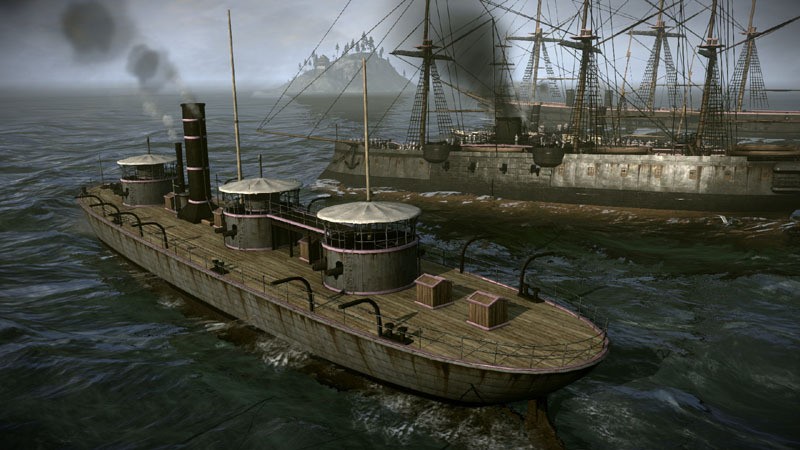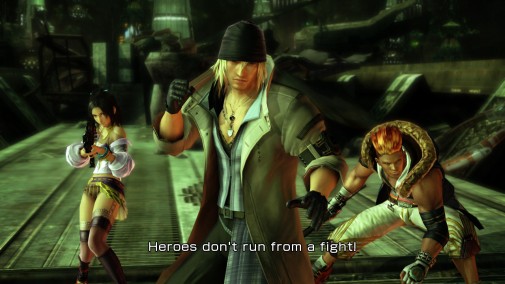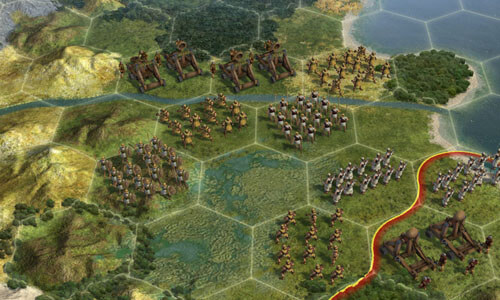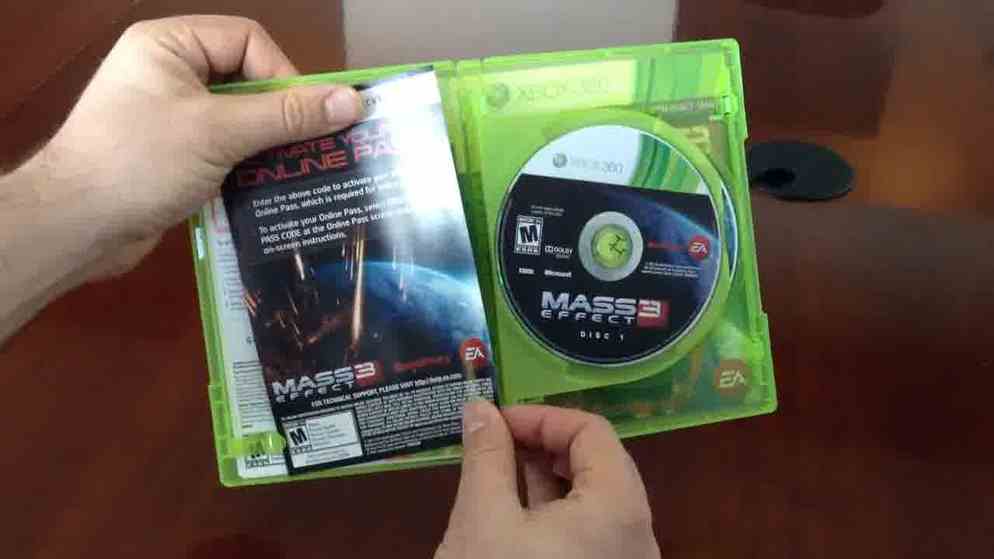Hello, all!
My name is Keith Sayer, and I am an avid gamer and student. I would like to begin blogging to share some of my experiences in gaming with the world. I find that when I am considering buying a game, I often rely on good reviews to decide whether I will purchase it or not.
That is why I started “Simply Game Reviews,” my own gaming blog where I review games against a list of categories that I think are important. My problem with many review sites is that they have too few categories; I find it helpful to know precisely what area the reviewer has a problem with or really loves so that I can decide if that area of gameplay is important to me. For example, a Romance of the Three Kingdoms game might be rated quite low in graphics but very high in replayability; if a player can’t stand older looking graphics then they shouldn’t play it, but if that is not a problem then they might really love it.
So I decided to make my reviews based on a 100 point scale with 10 categories with a maximum rating of 10 each. These are the categories followed by a few questions I ask myself about the game as I prepare to give a rating:
- Graphics/Visual Effect
- How good the game looks compared to similar products on the same system
- Do the effects add to or distract from the game?
- Story Content
- How interesting is the plot?
- Does it draw the player in?
- Story Pacing
- Does the story ever drag?
- Does it seem too abrupt?
- Gameplay
- Looking for originality and fun
- This is what the player actually does
- User Interface/Controls
- How the user interacts with the game
- Is it intuitive or counterintuitive?
- Do the controls interfere with the user experience?
- Soundtrack
- Lack of repetition
- Good environment creation.
- Replayability
- Simply, how much will the user want to play it again.
- Completeness
- Looking here at a lack of bugs
- Also, does the game seem complete without DLC or does the DLC offered add features that seem necessary to the base game?
- Support
- Here looking at the presence of adequate patching, official websites, and support for multiplayer if applicable to the game.
- Uniqueness
- Here we’re looking at whether the game broke new ground.
- A sequel could conceivably be a 10 here, but it would have to add significantly to the original.
- I’m also considering how unlike the game is to anything else currently on the market. A good score here generally indicates there is not a game currently being sold that is like this one.
- I recognize that many games may have one very poor aspect of them according to my categories. For this reason, I have given myself an “intangible” rating, which can range from -10-+10. This rating will allow me to recognize that sometimes one aspect of gameplay will completely make up for a very poor showing in one or more of the categories. Likewise, a game might conceivably just be much less fun than the unaltered rating might indicate. The intangible will give me the ability to really think about the overall game and its effect rather than focusing on a few weak or strong points. I think this intangible rating will give me a better ability to rate the game fairly.





